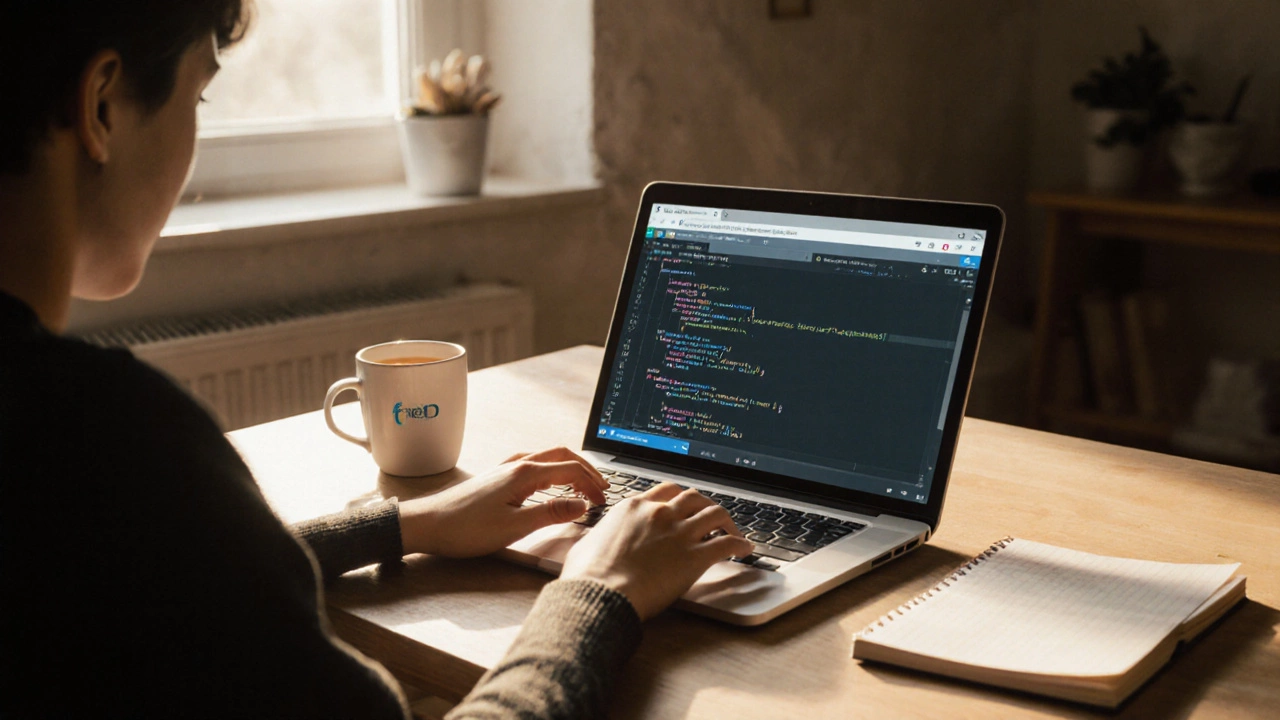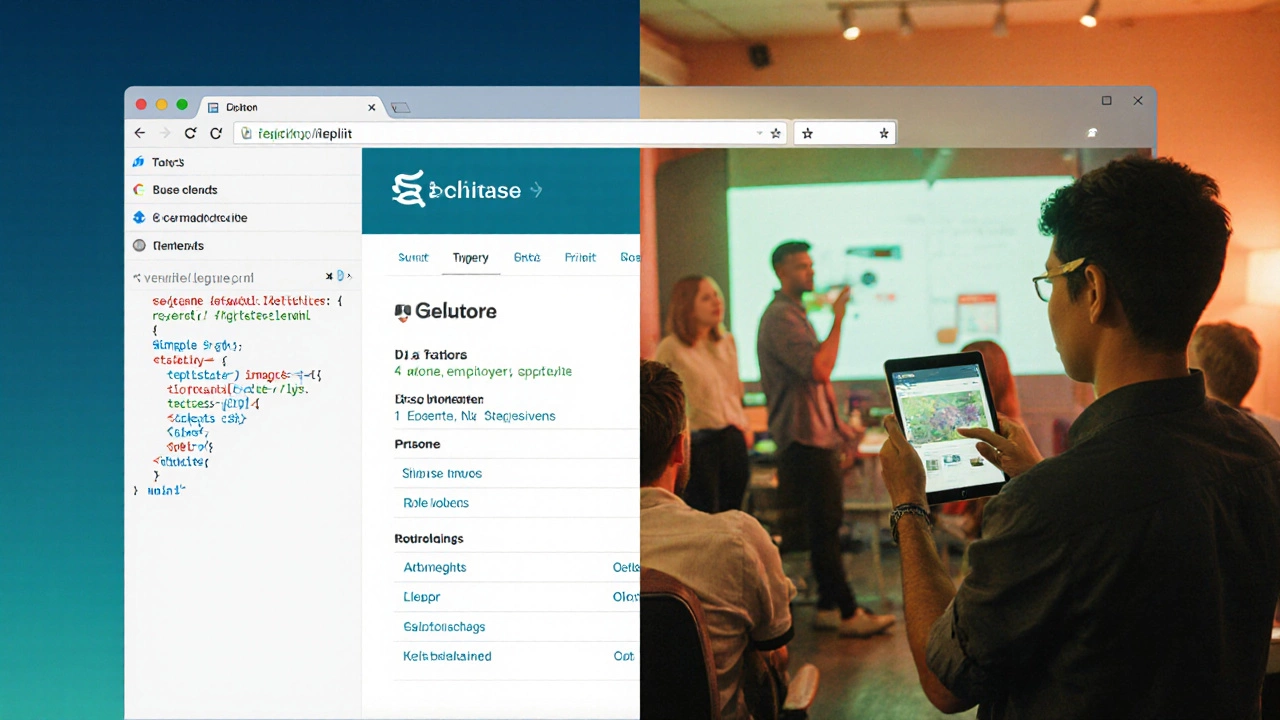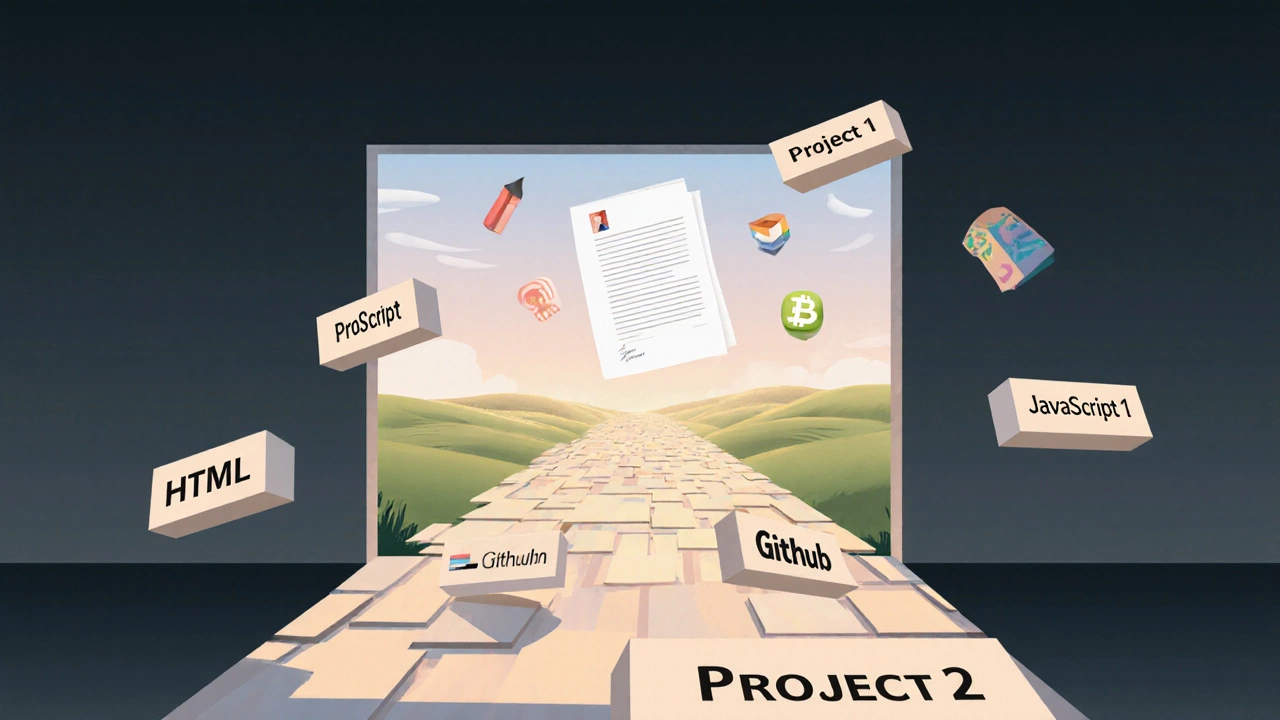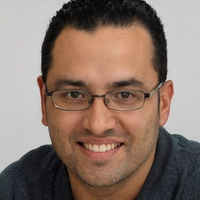
Project Time Estimator
Estimate Your Project Timeline
You don’t need to spend thousands on a bootcamp or a university degree to learn how to code. Thousands of people around the world-many of them starting with zero experience-are building apps, landing jobs, and even launching startups using nothing but free resources. If you’re wondering can I learn coding for free?-the answer is yes. But it’s not as simple as just clicking a link. You need the right path, the right tools, and the right mindset.
What You Can Actually Learn for Free
Free coding resources today cover everything from basic HTML and CSS to advanced topics like machine learning and backend development. You won’t get a formal diploma, but you’ll get the same skills employers look for. Platforms like freeCodeCamp, The Odin Project, and CS50 by Harvard offer full curriculums that mirror college-level computer science courses.
Take freeCodeCamp. It’s a nonprofit that’s helped over 7 million people learn to code. Their full-stack web development curriculum includes 3,000 hours of interactive coding challenges, 8 certifications, and real-world projects like building a Wikipedia viewer or a drum machine. All of it-zero cost. You don’t even need to sign up to start learning.
For those interested in Python, Google’s Python Course is one of the most well-structured free resources out there. It walks you through variables, loops, functions, and even file handling with clear examples and quizzes. If you’re into mobile apps, Android’s official Kotlin tutorials let you build real apps for phones and tablets without spending a cent.
Where to Start: A Simple Roadmap
Trying to learn everything at once is the fastest way to quit. Most beginners fail not because they’re not smart enough, but because they jump into the wrong place. Here’s a realistic, step-by-step path that works for most people:
- Start with HTML and CSS-these are the building blocks of every website. You can learn them in under a week with freeCodeCamp’s Responsive Web Design certification.
- Move to JavaScript-this is what makes websites interactive. Learn how to change text on a page, respond to button clicks, and fetch data from the internet.
- Build your first project-even something simple like a personal portfolio page or a to-do list app. This is where learning sticks.
- Choose a direction-do you want to build websites (front-end), server logic (back-end), or mobile apps? Pick one and stick with it for at least 3 months.
- Contribute to open source-find a small bug fix on GitHub, submit a pull request. It’s scary at first, but it’s the best way to prove you can code.
One person from Melbourne followed this path in 2024. They spent 10 hours a week learning during evenings and weekends. By month six, they had built a small e-commerce site using React and Node.js. They applied to five entry-level jobs and got hired as a junior developer at a local startup. No degree. No bootcamp. Just free resources and consistency.
Free Tools You Need to Get Started
You don’t need expensive software. Everything you need is free and works on any computer-even an old laptop.
- Visual Studio Code-the most popular code editor. Lightweight, free, and packed with features like syntax highlighting and debugging.
- GitHub-your coding portfolio. Every project you build should be uploaded here. Employers check this before interviews.
- Replit-a browser-based coding environment. Perfect if you don’t want to install anything. You can code, run, and share projects instantly.
- Chrome DevTools-built into your browser. Use it to inspect websites, test CSS changes, and debug JavaScript errors.
- Stack Overflow-the go-to place for questions. Learn how to search effectively. Most problems you face have already been solved.
Many people waste hours trying to set up complex environments. Skip that. Start simple. Use Replit for your first 5 projects. Once you’re comfortable, switch to VS Code. No rush.

Why Most People Fail (and How to Avoid It)
Free resources are abundant. The problem isn’t access-it’s persistence. Here’s what goes wrong:
- Watching too many tutorials-you think you’re learning because you’re watching, but you’re not coding. The moment you stop watching and start typing, you’ll hit roadblocks. That’s when real learning begins.
- Switching languages every week-Python, JavaScript, Java, Ruby-it’s tempting to jump around. Pick one. Master it. Then move on.
- Waiting for perfection-your first website will look ugly. Your code will be messy. That’s normal. Shipping something bad is better than waiting for something perfect.
- Not building projects-if you haven’t built at least 5 projects in 3 months, you’re just studying, not learning.
One rule to live by: code every day, even if it’s just 15 minutes. Consistency beats intensity. A 15-minute daily habit will outperform a 10-hour weekend binge every time.
Real Projects You Can Build Right Now
Projects are your proof. They show you can do something, not just understand it. Here are 5 beginner-friendly projects you can build with free tools:
- A personal portfolio website-showcase your name, skills, and projects. Use HTML, CSS, and a little JavaScript.
- A weather app-pull data from a free API like OpenWeatherMap. Learn how to fetch and display live data.
- A quiz game-build a multiple-choice quiz with timers and score tracking. Great for practicing JavaScript logic.
- A recipe finder-let users search for recipes by ingredient. Use a free recipe API and display results.
- A note-taking app-save notes locally using browser storage. Learn how to add, delete, and edit data.
Each of these projects takes 1-3 days to build. Don’t aim for fancy designs. Focus on functionality. Once you finish one, move to the next. After five projects, you’ll start seeing patterns. That’s when coding stops feeling like magic and starts feeling like a skill.

How to Get Hired Without a Degree
Companies don’t care if you went to MIT. They care if you can solve their problems. Here’s how to prove you can:
- Build a GitHub profile-upload every project. Write clear README files. Explain what you built and how.
- Write a LinkedIn post-share your journey. “I learned to code in 6 months for free. Here’s what I built.” People notice authenticity.
- Apply to junior roles-titles like “Junior Developer,” “Front-End Intern,” or “Web Support” are your entry points.
- Prepare for interviews-practice answering “Tell me about a project you built.” Be ready to explain your code, not just show it.
In 2024, a survey by Stack Overflow found that 27% of professional developers had no computer science degree. Many of them learned entirely online-for free. You’re not an exception. You’re part of a growing trend.
What Comes After Free?
Free resources will take you far-but they won’t take you all the way. Once you’re comfortable coding daily, consider investing in:
- A mentor-a paid 1:1 session with an experienced developer can save you months of frustration.
- A specialized course-like Udemy’s “The Complete JavaScript Course” (often on sale for $15).
- A coding bootcamp-if you need structure and job placement help, programs like Le Wagon or General Assembly offer scholarships.
But here’s the truth: you don’t need any of these to get started. The first 80% of your journey is free. The last 20%? That’s where you decide if you want to go further.
Can I really learn coding for free without any prior experience?
Yes. You don’t need to know math, have a tech background, or own a fancy computer. All you need is a device with internet access and the willingness to keep going-even when it’s hard. Platforms like freeCodeCamp and The Odin Project are designed for absolute beginners.
How long does it take to learn coding for free?
It depends on your goal. To write basic websites, you can learn enough in 3-4 months with 10 hours a week. To land a junior job, expect 6-12 months of consistent practice. The key isn’t speed-it’s consistency. Coding is a muscle. You build it slowly, day by day.
Are free coding courses respected by employers?
Yes-if you can show what you’ve built. Employers care more about your GitHub profile and projects than where you learned. A certificate from freeCodeCamp means nothing on its own. But a live website you built, deployed, and can explain in detail? That’s gold.
What’s the best free resource for beginners?
For web development, start with freeCodeCamp’s Responsive Web Design and JavaScript Algorithms and Data Structures certifications. For Python, Google’s Python Course is unmatched. For a more structured, university-style experience, Harvard’s CS50 on YouTube is legendary. Pick one and stick with it.
Do I need to pay for a coding bootcamp to get a job?
No. Many developers hired in 2024 learned entirely for free. Bootcamps can help with structure and job placement, but they’re not required. What matters is your ability to solve problems, write clean code, and communicate your work. You can develop all of that without spending a dollar.
Next Steps: What to Do Today
Don’t wait for the perfect moment. Start now.
- Go to freeCodeCamp.org and click “Start Learning.”
- Complete the first lesson in Responsive Web Design.
- Build a simple HTML page with your name and a favorite quote.
- Upload it to GitHub.
- Do this again tomorrow.
That’s it. No apps to download. No credit card needed. Just you, your curiosity, and the next 15 minutes. The rest? It’ll follow.
